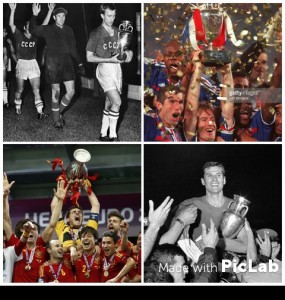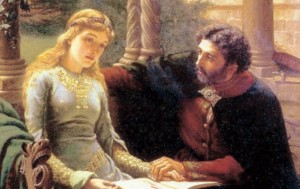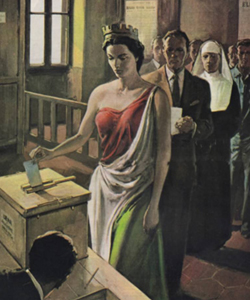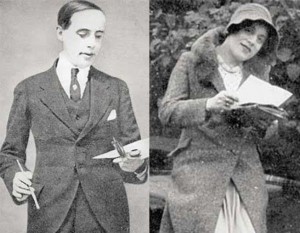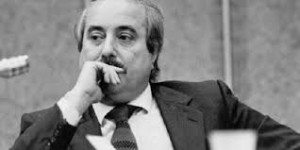Since currently taking place in the European Football Championship, I wanted to make a “Roundup” throughout the history of Europeans and most significant moments.
This League is also, rarely, known as Coupe Henri Delaunay, which is the name of its creator, It takes place every four years. To challenge the best teams in Europe. At the beginning, from 1960 at 1976, the number of teams was limited, because only four teams took part, but from the 1980 the number increased to eight teams and so it remained until 1992. From 1996 until 2012 the formula was introduced with sixteen teams, but from this European 2016 you switch to 24 teams. The team that has the record of investments in Germany is the European, that is also the most titled team along with Spain.
The competition formula in the final phase takes place with pool tables “the Italian way”. The new formula includes six initial groups with different criteria for any draws of two or more teams:
1. Most points in the direct matches;
2. Best goal difference in direct matches;
3. Highest number of goals in the direct matches;
4. Revival of the first three criteria applied exclusively to contests between the teams in question;
5. Best goal difference total;
6. Greater number of goals scored in total;
7. Best fair play conduct.
Also interesting is to know the choice of host country, in the past it was decided with one of the four countries whose national team had failed to qualify: from 1980 It is no longer so, Since each Federation may submit their applications.
It is also important to know the Gunners who were and are the best protagonists from the first European of 1960 to date (also included are the qualifications). Here's the TOP 5:
· in pole position we find Cristiano Ronaldo, with 28 networks;
· in second place is Zlatan Ibrahimovic, with 25 GOL;
· in third place we find Robbie Keane, with 23 networks;
· the fourth place is Jan Coller, with 21 GOL;
· Finally, in fifth position, We find Wayne Rooney, with 19 centers.
As a last “frivolity”, I wanted to mention the mascot of Italy that from 1980 Today accompanies us in every race: This is Pinocchio, with its long nose tricolore!
David Aimar (11 years)
